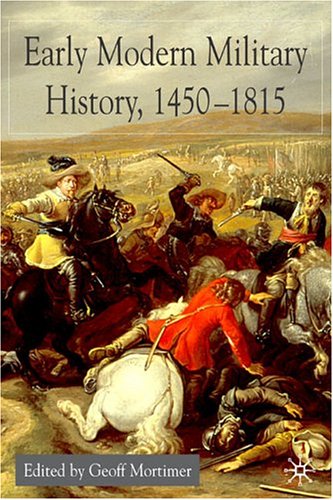Empire at the Margins: Culture, Ethnicity,
1) Empire at the Margins: Culture, Ethnicity, and Frontier in Early Modern China – Pamela Kyle Crossley, Helen F. Siu, Donald S. Sutton
University of California Press | 2006 | PDF
Focusing on the Ming (1368-1644) and (especially) the Qing (1364-1912) eras, this book analyzes crucial moments in the formation of cultural, regional, and religious identities. The contributors examine the role of the state in a variety of environments on China’s “peripheries,” paying attention to shifts in law, trade, social stratification, and cultural dialogue. They find that local communities were critical participants in the shaping of their own identities and consciousness as well as the character and behavior of the state. At certain times the state was institutionally definitive, but it could also be symbolic and contingent. They demonstrate how the imperial discourse is many-faceted, rather than a monolithic agent of cultural assimilation.
2) Cultural Encounters on China’s Ethnic Frontiers – Stevan Harrell
University of Washington Press | 1996 | PDF
China’s exploitation by Western imperialism is well known, but the imperialist treatment within China of ethnic minorities has been little explored. Around the geographic periphery of China, as well as some of the less accessible parts of the interior, and even in its cities, live a variety of peoples of different origins, languages, ecological adaptations, and cultures. These people have interacted for centuries with the Han Chinese majority, with other minority ethnic groups (minzu), and with non-Chinese, but identification of distinct groups and analysis of their history and relationship to others still are problematic.
Cultural Encounters on China’s Ethnic Frontiers provides rich material for the comparative study of colonialism and imperialism and for the study of Chinese nation-building. It represents some of the first scholarship on ethnic minorities in China based on direct research since before World War II. This, combined with increasing awareness in the West of the importance of ethnic relations, makes it an especially timely book. It will be of interest to anthopologists, historians, and political scientists, as well as to sinologists.
3) Political Frontiers, Ethnic Boundaries and Human Geographies in Chinese History – Nicola Di Cosmo, Don J. Wyatt
Routledge | 2010 | PDF
Boundaries — demanding physical space, enclosing political entities, and distinguishing social or ethnic groups — constitute an essential aspect of historical investigation. It is especially with regard to disciplinary pluralism and historical breadth that this book most clearly departs and distinguishes itself from other works on Chinese boundaries and ethnicity. In addition to history, the disciplines represented in this book include anthropology (particularly ethnography), religion, art history, and literary studies. Each of the authors focuses on a distinct period, beginning with the Zhou dynasty (c. 1100 BCE) and ending with the early centuries after the Manchu conquest (c. CE 1800) – resulting in a chronological sweep of nearly three millennia.
4) Battlefronts Real and Imagined: War, Border, and Identity in the Chinese Middle Period – Don J. Wyatt
Palgrave Macmillan | 2008 | PDF
This collection examines the cultural and intellectual dimensions of war and its resolution between Han Chinese and the various ethnically dissimilar peoples surrounding them during the crucial “middle period” of Chinese history.
5) The Pattern of the Chinese Past – Mark Elvin
Stanford University Press | 1973 | PDF
A satisfactory comprehensive history of the social and economic development of pre-modern China, the largest country in the world in terms of population, and with a documentary record covering three millennia, is still far from possible. The present work is only an attempt to disengage the major themes that seem to be of relevance to our understanding of China today. In particular, this volume studies three questions. Why did the Chinese Empire stay together when the Roman Empire, and every other empire of antiquity of the middle ages, ultimately collapsed? What were the causes of the medieval revolution which made the Chinese economy after about 1100 the most advanced in the world? And why did China after about 1350 fail to maintain her earlier pace of technological advance while still, in many respects, advancing economically? The three sections of the book deal with these problems in turn but the division of a subject matter is to some extent only one of convenience. These topics are so interrelated that, in the last analysis, none of them can be considered in isolation from the others.
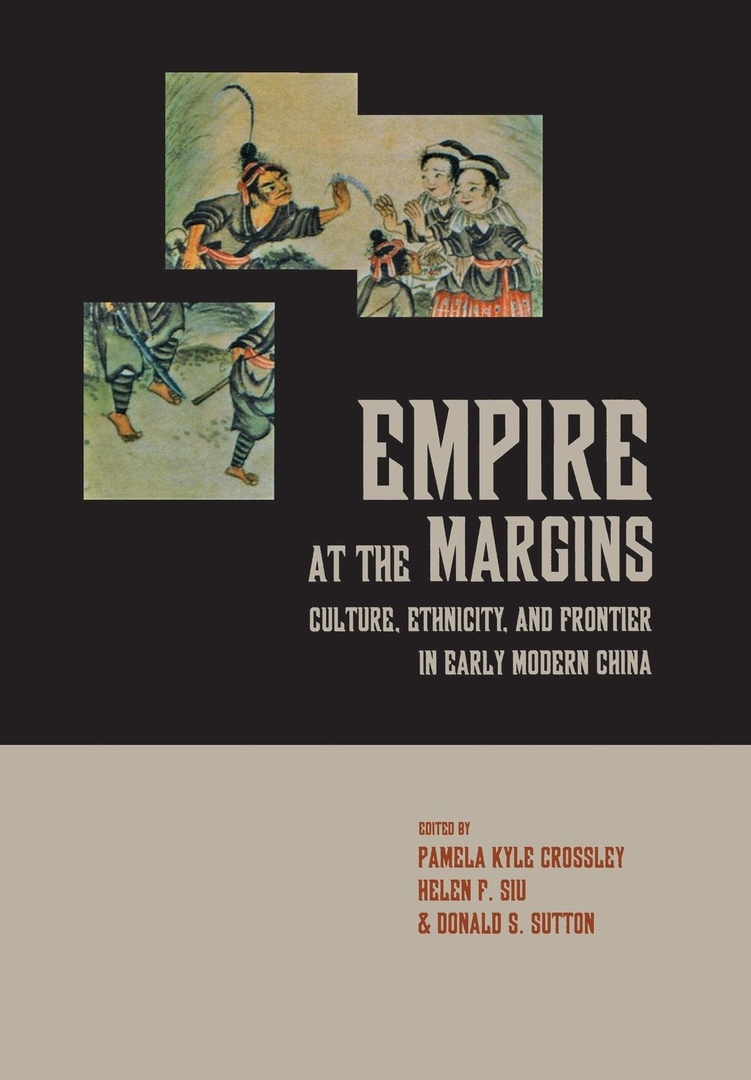 1 / 5
1 / 5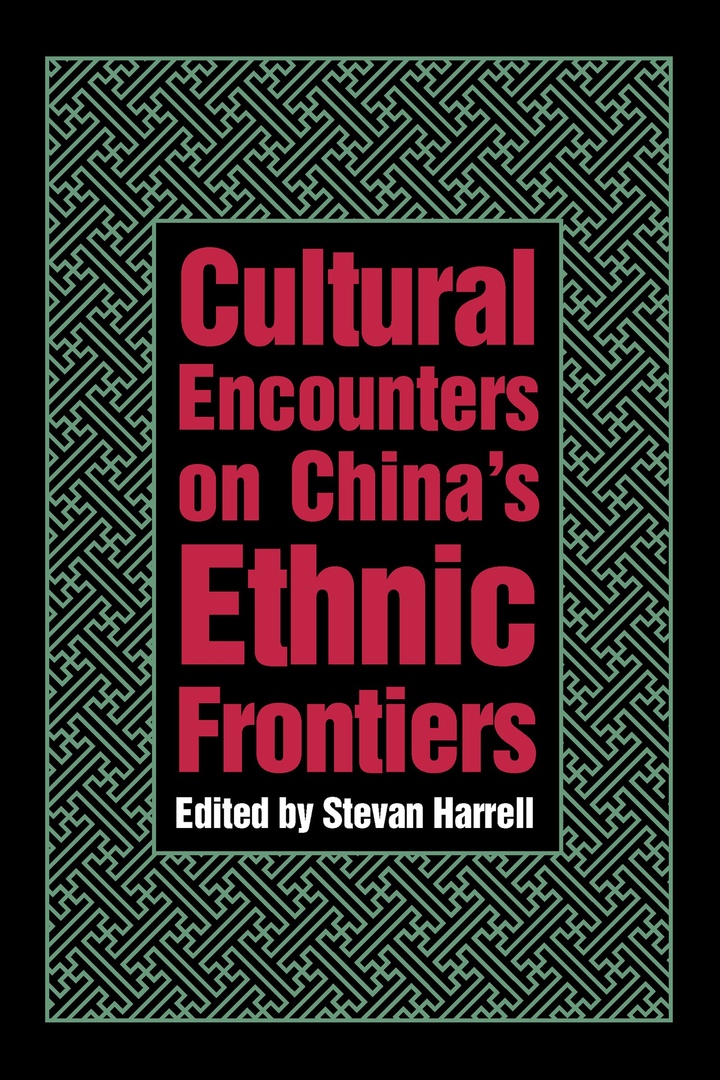 2 / 5
2 / 5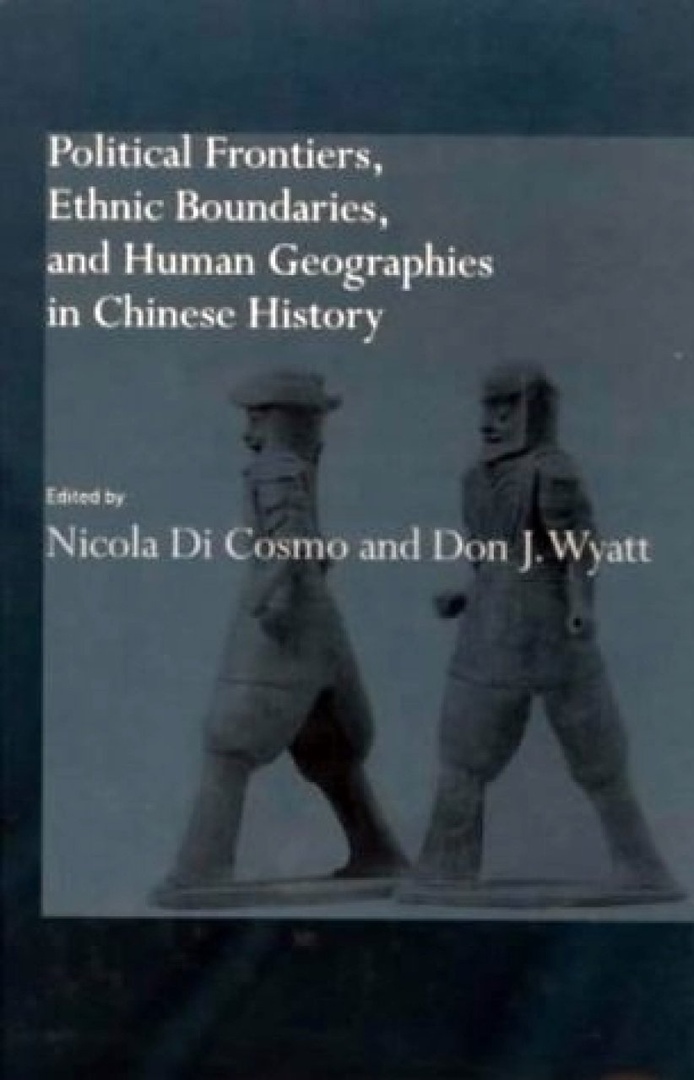 3 / 5
3 / 5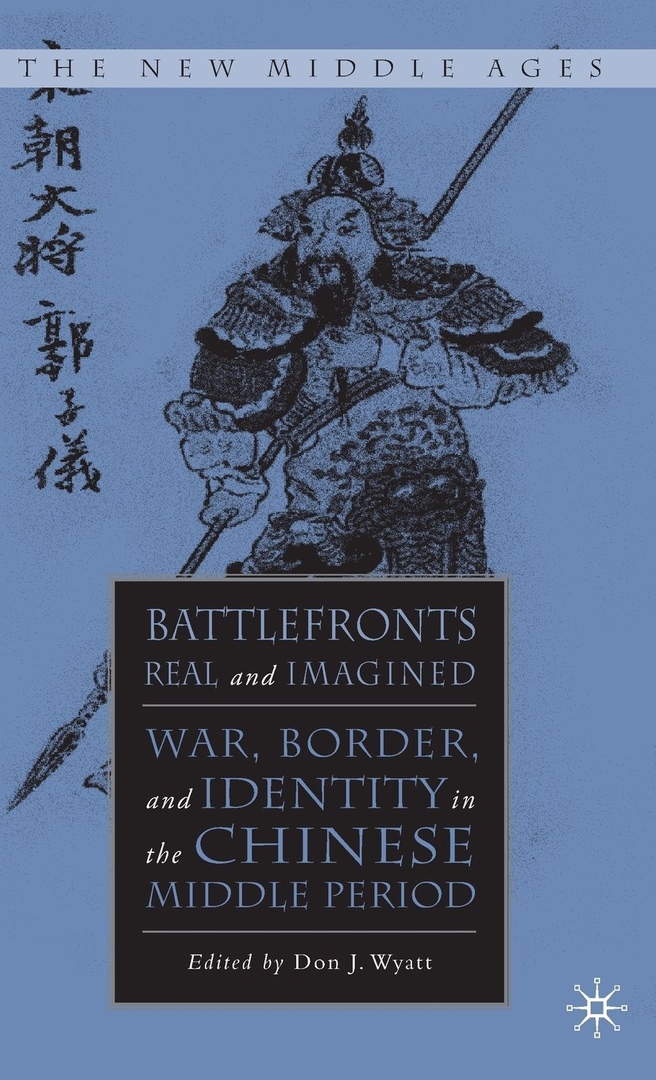 4 / 5
4 / 5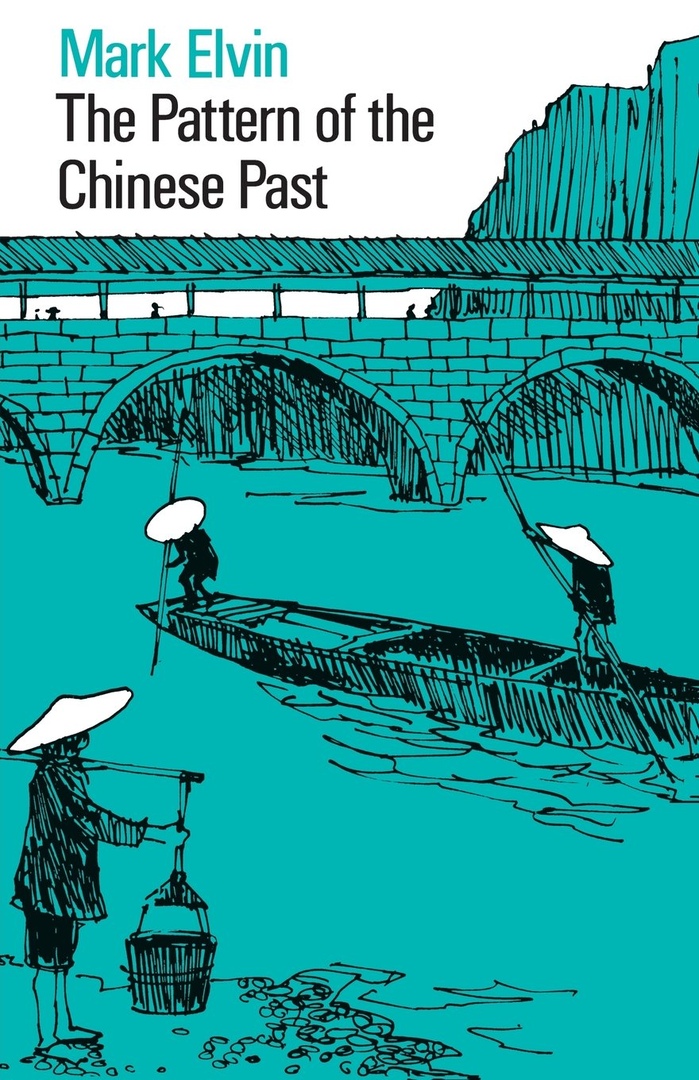 5 / 5
5 / 5
